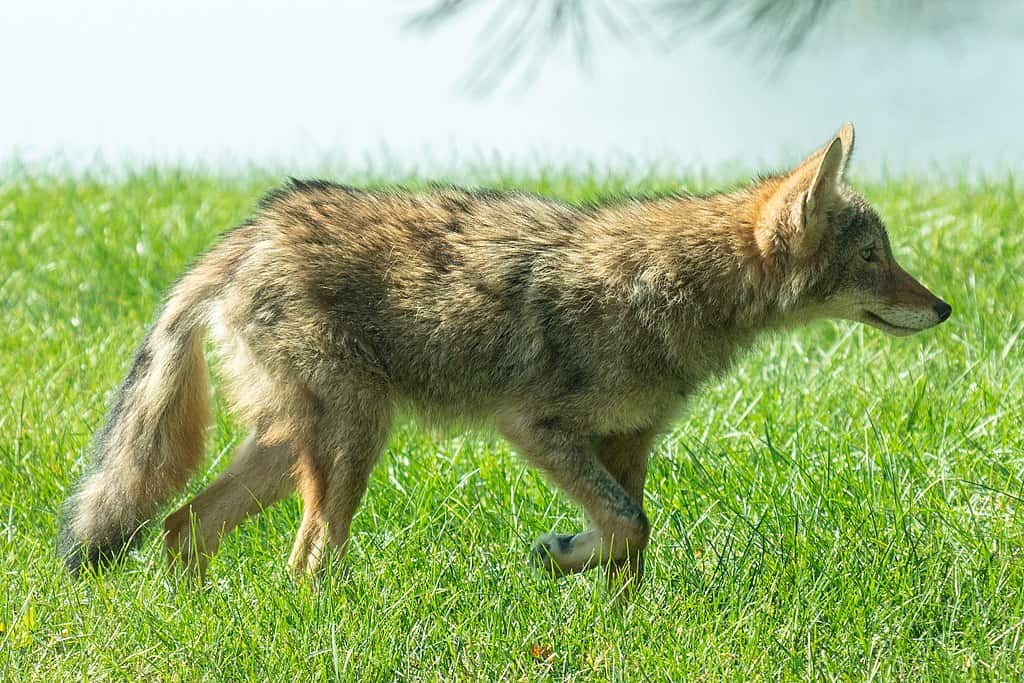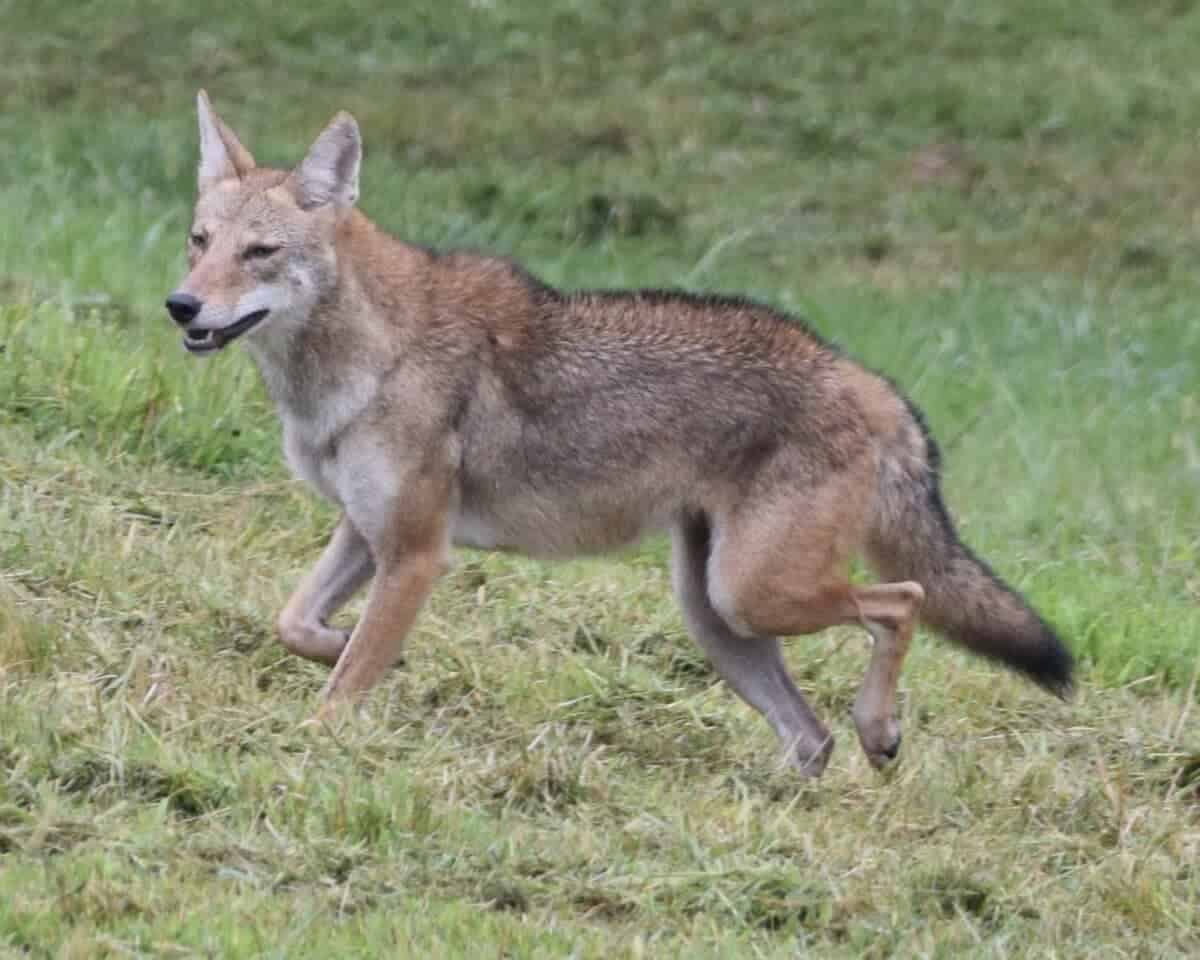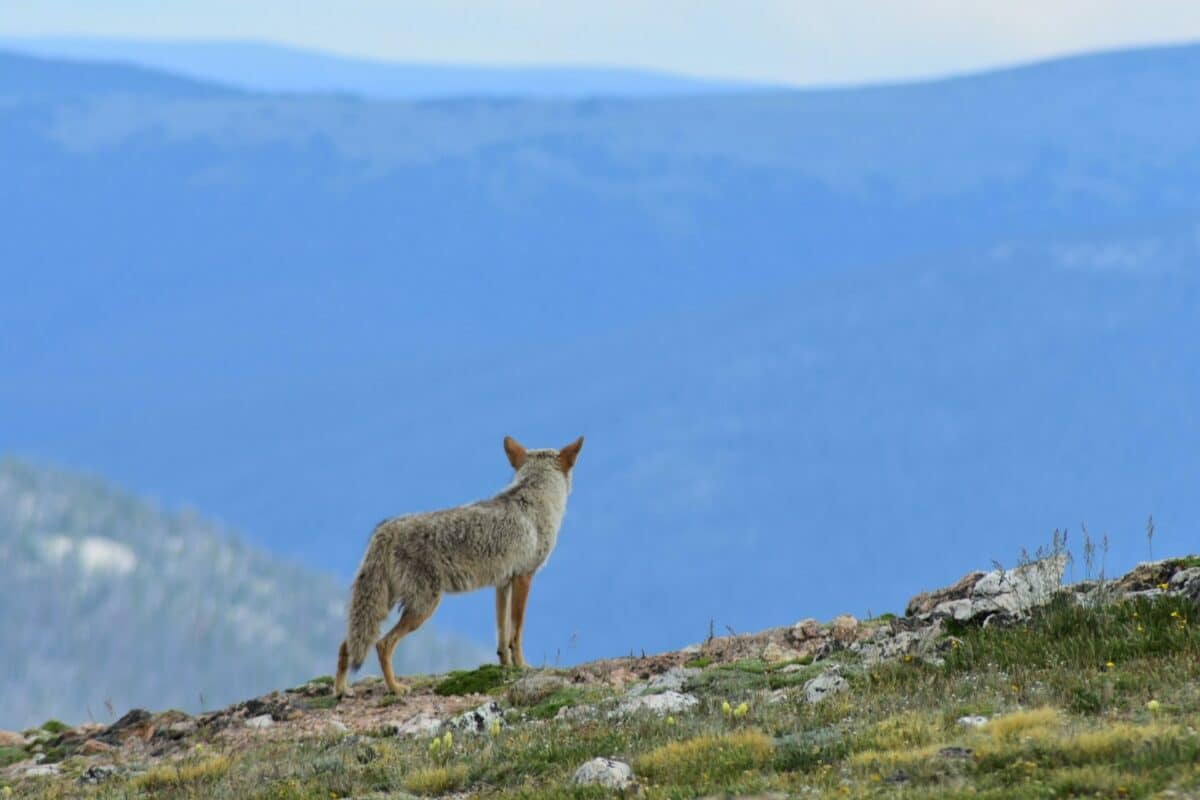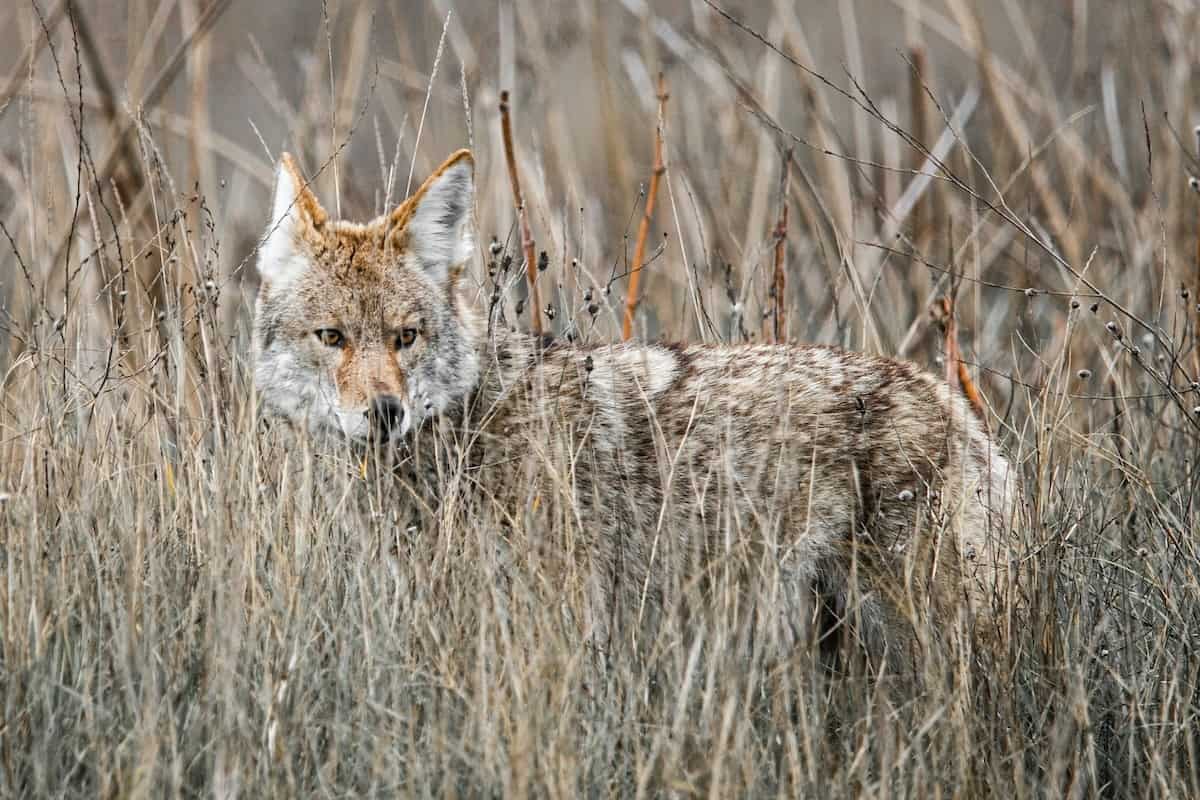Coyotes, remarkable and adaptable creatures, have fascinated humanity with their haunting howls and clever behavior. While many have encountered these elusive canines individually or in small groups, a recent event in Arizona has captured the attention and imagination of wildlife enthusiasts and researchers alike: the largest coyote pack ever heard howling. This breathtaking natural occurrence provides a unique opportunity to explore the fascinating world of coyotes. Join us as we delve into this extraordinary event and unpack the intricate dynamics of coyote packs.
Understanding Coyotes An Overview

Coyotes (Canis latrans), often nicknamed the “song dogs,” are native to North America. Known for their adaptability and intelligence, these canids have thrived across diverse ecosystems, from dense forests to urban areas. With a wolf-like appearance yet smaller and leaner, they possess remarkable endurance and hunting skills.
The Social Structure of Coyote Packs

Unlike wolves, whose packs are typically larger, coyotes often form smaller family units. These packs consist of the mated alpha pair and their offspring from multiple litters. The pack collaborates in raising pups, hunting, and defending territory, showcasing their socially complex nature.
The Significance of Howling

Howling serves crucial communication functions for coyotes. It helps maintain pack cohesion, assert territorial boundaries, and attract mates. The haunting sound often echoes through the night, allowing packs to coordinate their activities and establish their presence in the landscape.
The Unprecedented Howling Event in Arizona

Recently, wildlife biologists and residents near the Sonoran Desert reported an extraordinary coyote howling event. Estimates suggest that over 30 coyotes were heard howling simultaneously, a phenomenon not typically observed in Arizonan wilderness. This unprecedented gathering piqued the interest of scientists eager to understand its implications.
Possible Explanations for the Large Pack

Several factors may have contributed to this unusual congregation. Increased food availability, a shared threat (such as a larger predator), or temporary unification of neighboring packs for a specific purpose might explain this occurrence. It’s also possible that human activities have concentrated resources, drawing multiple packs together.
The Role of Environment and Climate

Environmental conditions and climate can significantly influence coyote behavior. Droughts or abundant rainfall may affect prey populations, leading to larger gatherings when resources are scarce or plentiful. Observing these howling events could provide valuable insights into ecological changes in the region.
Coyotes in Urban and Rural Landscapes

Coyotes have increasingly adapted to urban environments, where food sources like rodents, pets, and garbage are readily available. This versatility has allowed their populations to grow in both metropolitan and rural areas, playing a vital role in controlling pest populations.
The Impact of Human Activity

Human activity can heavily impact coyote behavior and distribution. Urban development and habitat fragmentation can influence their movement patterns, diet, and social structures. Understanding these dynamics is crucial for managing human-coyote interactions and ensuring coexistence.
Protecting Coyote Populations

Conservation efforts focus on promoting coexistence while minimizing conflicts. Educating communities about securing trash and protecting pets is essential. Preservation of natural habitats further supports their ecological role as predators and scavengers.
The Cultural Perception of Coyotes

Coyotes hold a prominent place in Native American mythologies, often symbolizing both cunning and survival. Despite modern challenges, their ability to adapt continues to shape their complex relationship with humans, reflecting both fear and admiration.
Research and Conservation Efforts

Organizations and researchers are dedicated to studying coyote populations to better understand their behavior and ecology. Data from events like the Arizona howling can inform conservation strategies and guide humane management practices, ensuring the preservation of these fascinating canids.
Conclusion: Embracing the Wild

The largest coyote pack ever heard howling in Arizona serves as a poignant reminder of nature’s complexity and the enduring resilience of its inhabitants. Observing these events provides invaluable opportunities to appreciate and learn about the intricate social dynamics of wildlife. By fostering awareness and understanding, we can ensure that coyotes and other creatures continue to thrive alongside us, enriching our world with their presence.
- 11 Insects With Super Senses - August 20, 2025
- This Tiny Frog Can Carry 100 Times Its Own Body Weight - August 20, 2025
- 11 Animals That Use Sound to Stun Prey - August 20, 2025

